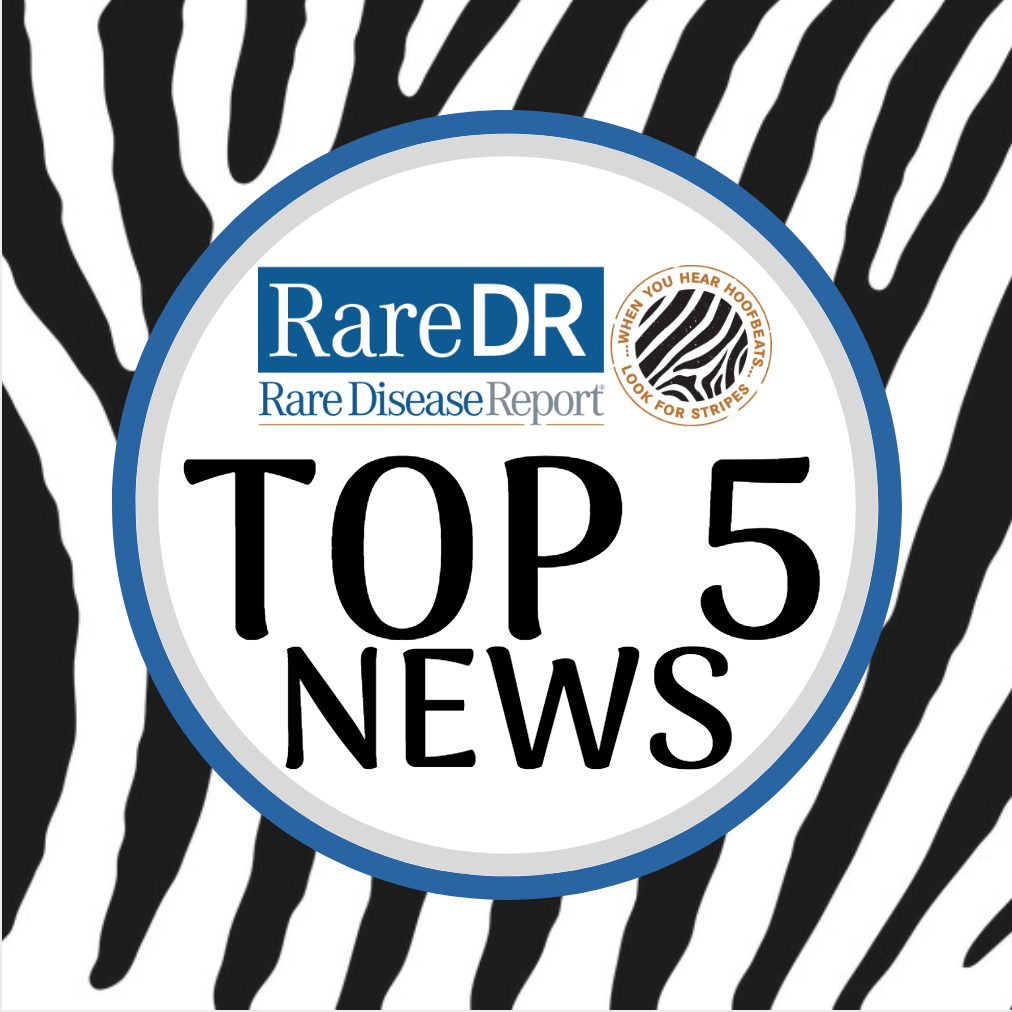Article
Top 5 Rare Disease News of the Week—July 1, 2018
Author(s):
Stay up-to-date on the latest rare disease news by reading the top 5 articles of the week.

#5: FDA Grants Fast Track Designation to CUTX-101 for Classic Menkes Disease
The US Food and Drug Administration (FDA) granted Cyprium Therapeutics, a subsidiary of Fortress Biotech, Inc, Fast Track Designation for its product, CUTX-101, for the treatment of patients with classic Menkes disease who have not demonstrated significant clinical progression.
CUTX-101 is a subcutaneous injectable formulation of Copper Histidinate manufactured under cGMP, according to a recent news release. It is intended to improve tolerability due to physiological pH as well as bypass the oral absorption of copper, a functionality that is impaired in patients with Menkes disease.
#4: Update on Waldenström Macroglobulinemia Treatment Reports Positive Findings
Read more about the developing Menkes disease treatment.Updated data from the phase 1 trial of zanubrutinib as a monotherapy in patients with different subtypes of B-cell malignancies and a pooled analysis of the safety data from the zanubrutinib monotherapy trials were released.
Zanubrutinib was found to be effective with an overall response rate of 92% and a major response rate of 80%. Additionally, the 12-month progression-free survival rate was estimated to be 91%.
#3: JAK Inhibitors to Treat Myelofibrosis Could Lead to Development of Lymphomas
Read more about the positive findings from the zanubrutinib updates. Researchers from Austria evaluated patients with myeloproliferative neoplasms being treated with Janus kinase (JAK) inhibitors in an effort to determine if developing lymphomas were related to the treatment.
According to their findings, researchers deduced a 16-fold increased risk for aggressive B-cell lymphoma in patients receiving the JAK inhibitor treatment.
#2: Phase 3 Trials to Assess Potential Breakthrough Therapy for Patients with Cystic Fibrosis
Read more about the findings linking JA inhibitors to the development of lymphomas.Two phase 3 trials to assess 2 compounds, VX-659 and VX-445, for the treatment of cystic fibrosis were announced. The study will include cystic fibrosis patients aged between 6 and 11 years.
Researchers postulate that the new therapy could potentially address the underlying cause of the disease as Cystic Fibrosis Transmembrane Conductance Regulator (CFTR) modulator therapies are designed to fix the malfunctioning protein created by a mutated CFTR gene.
#1: APL-2 Monotherapy Holds Promise for Paroxymal Nocturnal Hemoglobinuria Patients
Read more about the cystic fibrosis announcement.A new drug under development for the treatment of paroxysmal nocturnal hemoglobinuria (PNH), a rare, acquired, life-threatening blood disease, has been shown to be beneficial in participants enrolled 2 ongoing phase 1b trials—PHAROAH and PADDOCK.
The drug in question? Apellis Pharmaceuticals Inc.’s APL-2, a first-in-class treatment developed to target C3; in fact, it has the potential to significantly improve hemoglobin (Hb) levels in eculizumab-treated patients suffering from anemia, according to the pharmaceutical company.
Currently, the only approved drug for PNH therapy is eculizumab (Solaris). However, a recent study showed that 70% of patients treated with eculizumab were anemic and had hemoglobin levels below 12.0 g/dL.
The 2 proof-of-concept clinical trials are a part of the PNH program, which allows for participants with PNH to switch therapies, going from eculizumab to APL-2 monotherapy after 1 month of co-treatment. The overarching goal is to improve hematological parameters, particularly hemoglobin.
Read more about the positive findings from the PNH trial.




